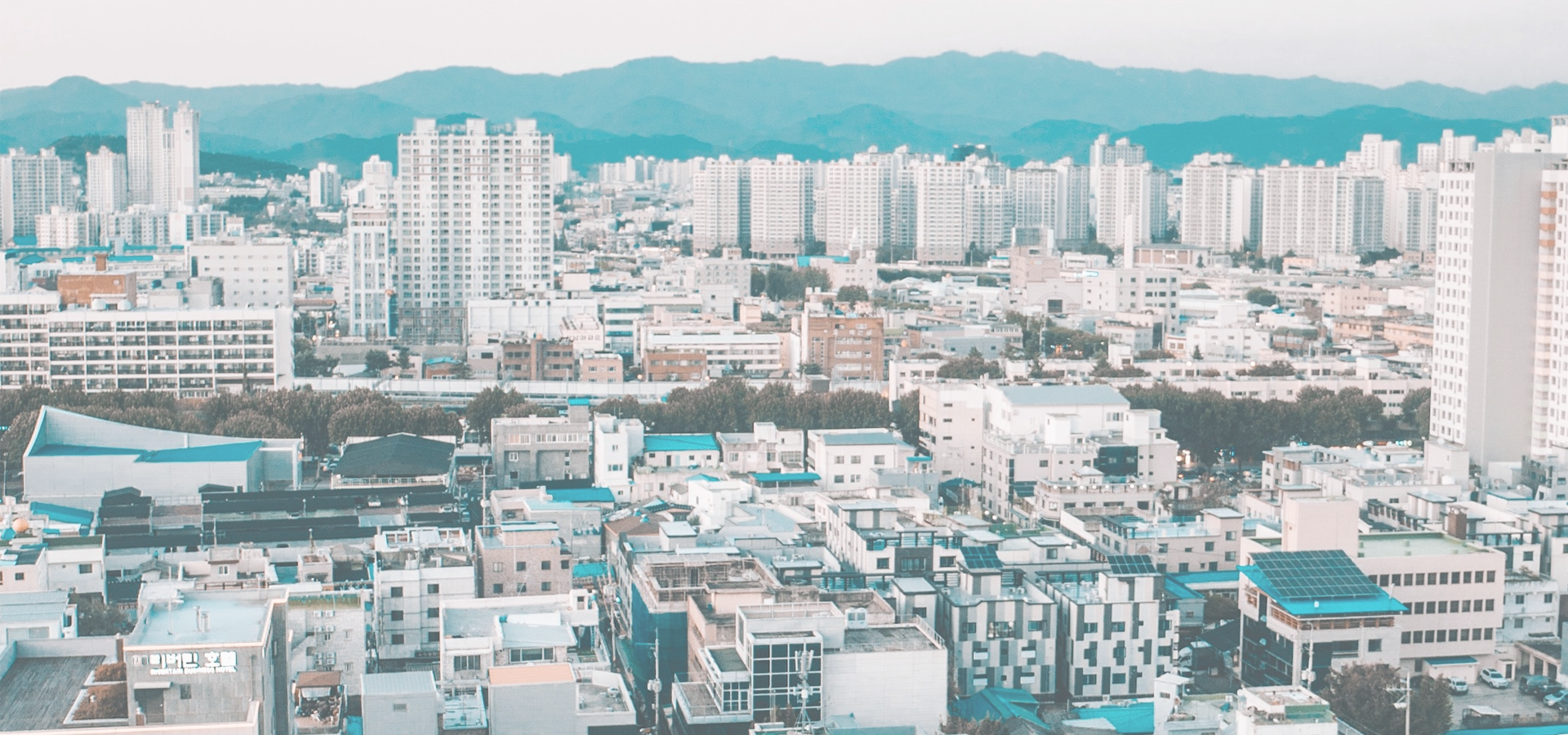Hadong, South Gyeongsang Province, Yeongnam, South Korea
🇰🇷 Hadong County (Hadong-gun) is county in South Gyeongsang Province, South Korea. It is on the far west side of the Province, and borders South Jeolla Province. The County office is located at Hadeong-eup.
History The county of Hadong was called Dasachon (Korean: 다사촌; Hanja: 大沙县, "county of much sand") when it was a part of the Jin state, later becoming a part of Nangnoguk (Korean: 낙노국; Hanja: 樂奴國), one of twelve statelets of the Byeonhan confederacy. According to the History of the Three Kingdoms, the region was called Handasa-gun (Korean: 한다사군), then changed into Hadong-gun in 757 CE, during the reign of King Gyeongdeok of Silla. During the Goryeo dynasty, the area was known as Hadong-hyeon (Korean: 하동현). In 1414, during the reign of the Joseon-era King Taejong, it became known as Hanamhyeon (Korean: 하남현) with Namhaehyeon (Korean: 남해현). It was raised to the status of Hadongdohobu (Korean: 하동도호부) in 1740, in the thirtieth year of King Sukjong's reign. During the Korean War the region was the site of a North Korean attack on US Army forces, the Hadong Ambush. • 1702: Agyang-myeon (악양면, 岳陽面) added to Hadong-gun • April 1, 1914: Seo-myeon (Korean: 서면) and Geumyang-myeon (Korean: 금양면) added • January 1, 1915: Part of Seomjin-ri (Korean: 섬진리), Daap-myeon (Korean: 다압면), Gwangyang-gun (광양군, 光陽郡), South Jeolla Province added • 1917: Naehoengbo-myeon (Korean: 내횡보면) renamed to Hoengcheon-myeon (Korean: 횡천면); Deokyang-myeon (Korean: 덕양면) renamed to Jingyo-myeon (Korean: 진교면) • January 1, 1933: Geumyang-myeon (Korean: 금양면) was abolished and incorporated into Jingyo-myeon (Korean: 진교면) and Geumnam-myeon (Korean: 금남면), formerly Nam-myeon (Korean: 남면) • October 1, 1938: Hadong-myeon (Korean: 하동면) elevated to Hadong-eup (Korean: 하동읍)
Local sights and attractions Nestled between the Seomjin River and Mount Jiri, the county is a popular destination for both domestic and foreign tourists who enjoy nature. Parts of the Jirisan National Park lie within the county and form the county's notable hilly, mountainous landscape.
The Ssanggyesa (Ssangye Temple) is a notable historic temple of the Jogye Order of Korean Buddhism and is a designated National Treasure.
Pak Gyeongni's 16-volume novel Land is partly set in the village of Pyeongsa-ri (Korean: 평사리; Hanja: 平沙里) in Agyang-myeon, Hadong County. A replica of the fictional Choi family's home was built there to commemorate the author's legacy.
Green tea Hadong has been famous for its green tea since the Silla era, when an envoy brought green tea seeds from the Tang Empire to be planted locally. The local government has historically promoted this as a major local attraction, including sponsoring a tourism advertisement that aired on CNN in 2007. The annual "wild tea" festival, lasting 25 days, takes place during May and June.
Development While much of Korea has experienced an explosion of industrial development, Hadong remains a destination for those who wish to escape the bustle of city living.[original research?] However, a lack of activity in the industrial sector has left the government with little incentive to expanding the sometimes inadequate existing road infrastructure. A petition for the allocation of funds for new road construction was signed by a number of Hadong residents.
Former South Korean president Lee Myung-bak has recently announced plans for the construction of a Gyeongsangnam-do leisure resort palace in Hadong.
Schools Middle schools • Agyang Middle School.
Asia/Seoul/Gyeongsangbuk-do

Hadong has a population of over 58,010 people. Hadong also forms part of the wider South Gyeongsang Province which has a population of over 3,447,687 people. Hadong is situated 16 km north-east of Gwangyang.
Twin Towns, Sister Cities Hadong has links with:
🇰🇷 Anyang, South Korea 🇰🇷 Geoje, South Korea 🇰🇷 Gwangyang, South Korea 🇰🇷 Haeundae, South Korea 🇰🇷 Seongdong, South Korea 🇨🇳 Ya'an, China 🇨🇳 Zhangjiajie, China 🇨🇳 Zhangqiu, China🇺🇸 Albuquerque 35.088
🇯🇵 Toyota City 35.089
🇯🇵 Tamba-Sasayama 35.067
🇺🇸 Fayetteville 35.045
🇺🇸 Chattanooga 35.043
🇺🇸 Collierville 35.033
🇯🇵 Okinawa City 127.793
Locations Near: Hadong 127.75,35.0667
🇰🇷 Gwangyang 127.696,34.941 d: 14.8
🇰🇷 Kwangyang 127.683,34.933 d: 16
🇰🇷 Suncheon 127.494,34.945 d: 27
🇰🇷 Sacheon 128.083,35.067 d: 30.3
🇰🇷 Yeosu 127.733,34.733 d: 37.1
🇰🇷 Jinju 128.108,35.18 d: 34.9
🇰🇷 Namwon 127.376,35.379 d: 48.6
🇰🇷 Hapcheon County 128.166,35.567 d: 67.2
Antipodal to: Hadong -52.25,-35.067
🇺🇾 Maldonado -54.95,-34.9 d: 19768.4
🇧🇷 Rio Grande -52.099,-32.041 d: 19678.4
🇧🇷 Pelotas -52.341,-31.763 d: 19647.7
🇺🇾 Montevideo -56.198,-34.907 d: 19655
🇺🇾 Canelones -56.284,-34.538 d: 19642.1
🇺🇾 Florida -56.215,-34.099 d: 19636.5
🇧🇷 Bagé -54.107,-31.328 d: 19564.9
🇺🇾 Durazno -56.517,-33.367 d: 19579.7
🇧🇷 Caçapava do Sul -53.483,-30.5 d: 19494.4
🇺🇾 Tacuarembó -55.983,-31.733 d: 19507.7